
The house from a 19th century engraving
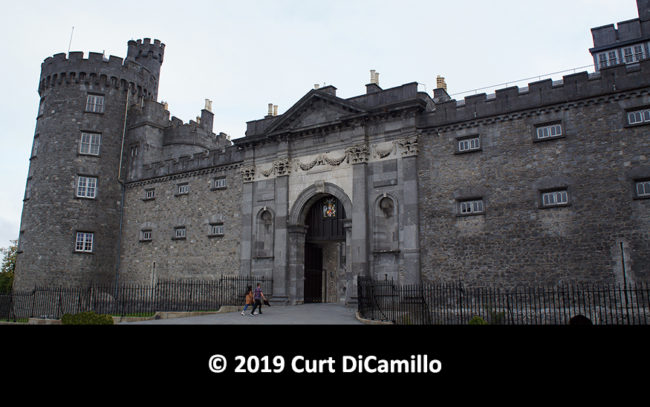
The outer castle

The entrance facade
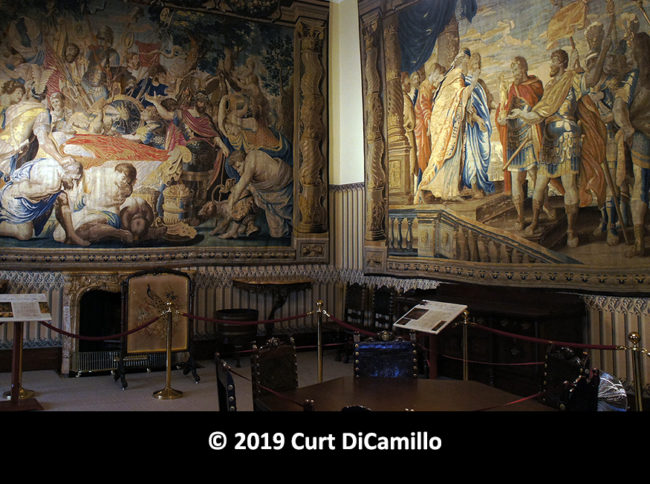
The tapestry room
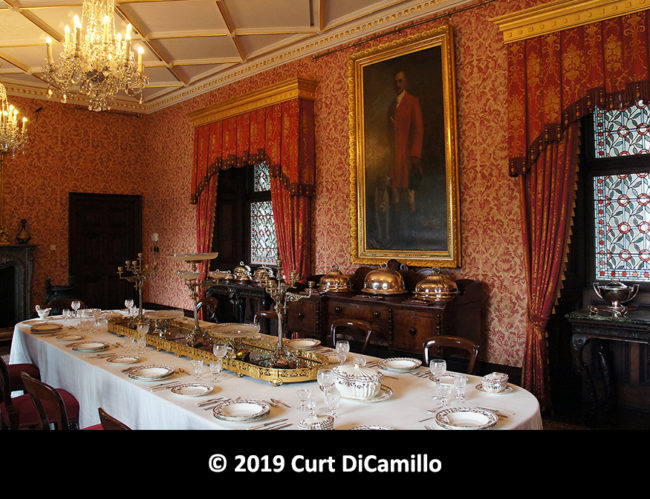
The dining room

An 18th century Irish table in the dining room

The drawing room
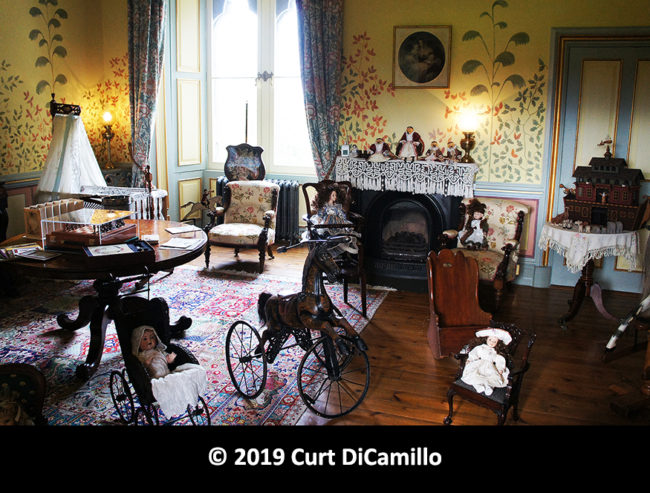
The nursery
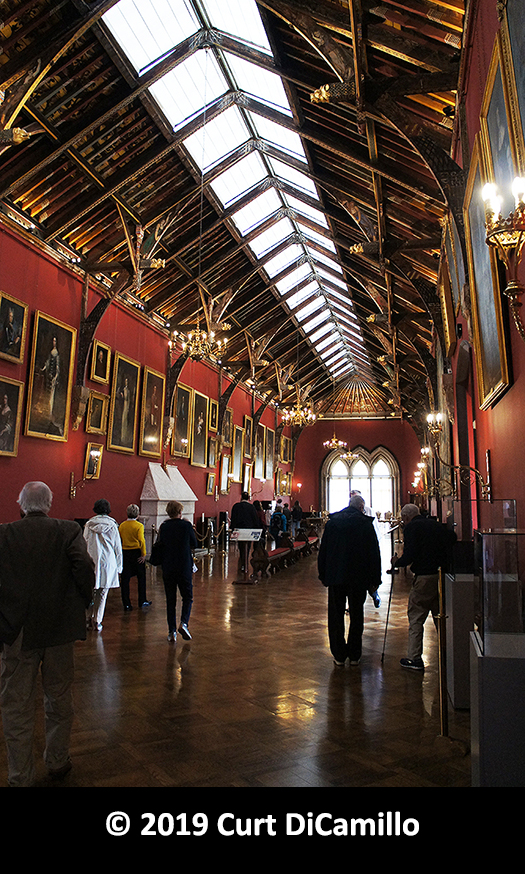
The picture gallery

Picture gallery ceiling

The private sitting room
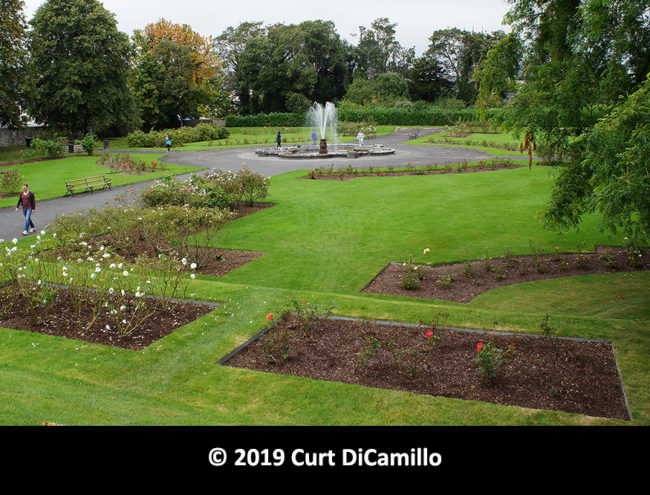
Castle garden
Earlier Houses: An earlier castle on the site was built in the 1170s by Richard de Clare, 2nd Earl of Pembroke, commonly known as Strongbow. This castle was probably built of wood and was designed to be a symbol of the Norman occupation of Ireland, and as a point of control on the River Nore.
House & Family History: The first stone castle, which replaced the earlier wooden castle, was completed in 1213. James Butler, 3rd Earl of Ormond, purchased Kilkenny in 1391 (the Butlers had arrived in Ireland circa 1169-70 with the Norman invasion and remained seated here until the 1960s). Among the many notable members of the Butler family was Lady Margaret Butler (born in the castle circa 1460), daughter of Thomas Butler, 7th Earl of Ormond. Lady Margaret married Sir William Boleyn and was the paternal grandmother of Anne Boleyn, second wife of King Henry VIII of England. In 1650 the castle was damaged by Oliver Cromwell as part the Siege of Kilkenny during the Cromwellian conquest of Ireland. In the 1660s, after the restoration of the English monarchy, Kilkenny was rebuilt in the French chateau style. By the 18th century the Butler family was in financial difficulties and the castle was allowed to decay. In 1904 King Edward VII and Queen Alexandra visited Kilkenny Castle. In 1922, during the Irish Civil War, Kilkenny was besieged by Irish Free State forces. Though the castle received a great deal of damage, only one man was wounded during the attack. George Butler, 5th Marquess of Ormonde, sold the contents of Kilkenny Castle in 1935 and moved to London. In 1967 James Arthur Butler, 6th Marquess of Ormonde, sold the castle to the Kilkenny Castle Restoration Committee for £50. The committee transferred the castle to the Irish government, who refurbished and opened it to the public in the 1970s. Kilkenny Castle is today one of the most visited tourist sites in Ireland.
Collections: In the 17th century the Kilkenny collection of art was the largest and finest in Ireland. The collection contained over 500 paintings, 200 tapestries (the 17th century tapestries of the Decius Mus series still hang in the castle), and a vast collection of furniture, silver, and decorative arts. All of this was dispersed through a number of sales in the 20th century, the last of which took place in 1935 and fetched £6,000. During the last 50 years the Irish state has re-acquired many pieces to furnish the house, as well as other art that is sympathetic to Kilkenny’s history, including a collection of Old Master paintings. The enormous picture gallery, which was added to the castle in the 19th century, features a hand-painted roof decorated in the Pre-Raphaelite style and is today hung with many portraits of the Butler family.
John Preston (J.P.) Neale, published under the title of Views of the Seats of Noblemen and Gentlemen in England, Wales, Scotland, and Ireland, among other titles: Vol. VI, 1823.
House Listed: Unknown
Park Listed: Unknown
Past Seat / Home of: SEATED AT EARLIER HOUSE: Richard de Clare, 2nd Earl of Pembroke of the first creation, 12th century. William Marshal, 1st Earl of Pembroke of the second creation, 12th century. SEATED AT CURRENT HOUSE: Sir Gilbert De Bohun, 13th century. James Butler, 3rd Earl of Ormond, 14th century; Thomas Butler, 7th Earl of Ormond, 15th century; George Butler, Earl of Ossory, 5th Marquess of Ormonde, and 23rd Earl of Ormonde, 20th century; Butler family here from 1391 until 1967.
Current Ownership Type: Office of Public Works
Primary Current Ownership Use: Visitor Attraction
House Open to Public: Yes
Phone: 567-704-106
Email: [email protected].
Website: http://www.kilkennycastle.ie
Historic Houses Member: No